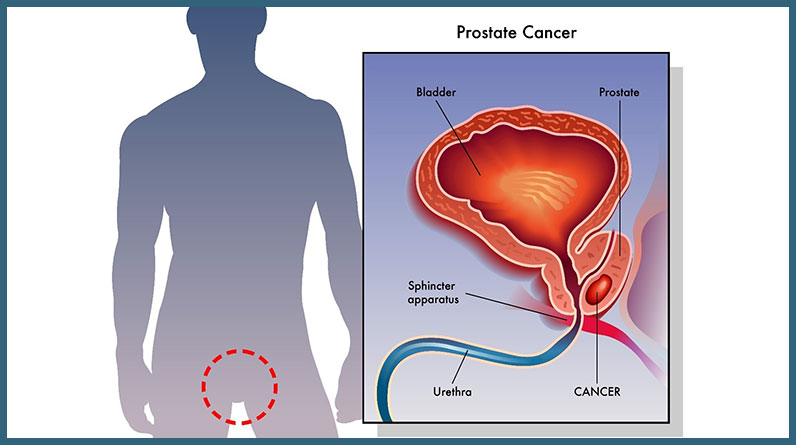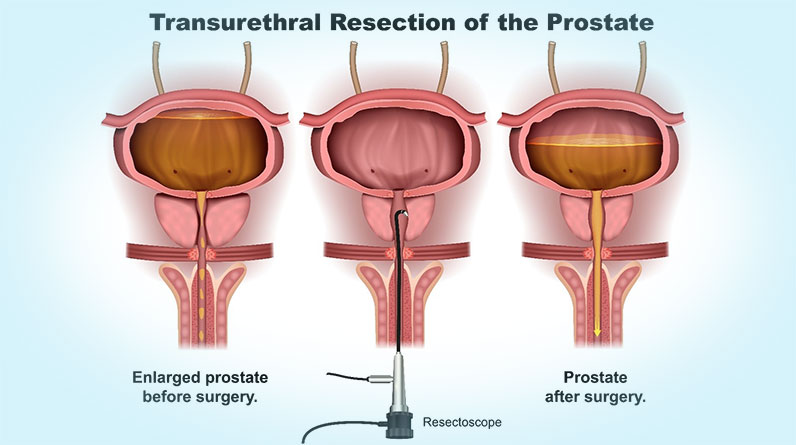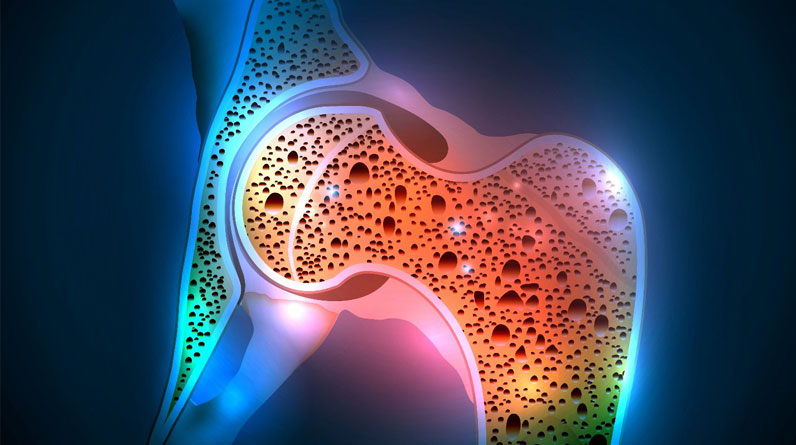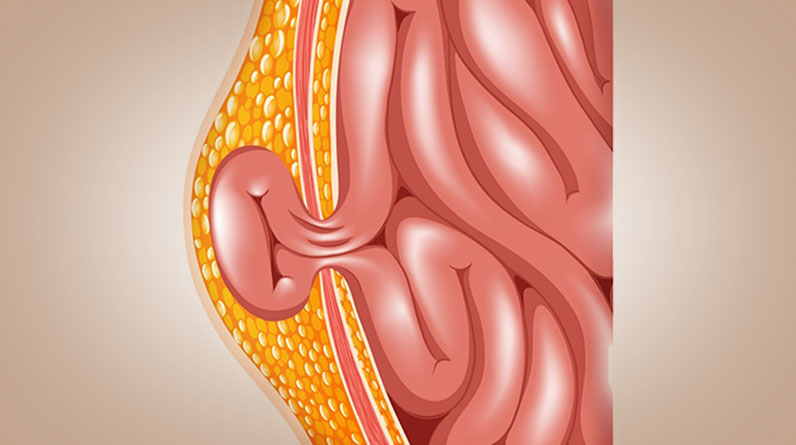
The Prevalence of Heart Disease in Men
One of the most important conditions in men’s health is heart disease. Unfortunately, coronary artery disease affects an overwhelming number of men in our society, and it’s necessary to discuss this condition in more detail.
While women have a high risk for heart disease, men are more likely to be diagnosed 7-10 years earlier than women. The reason for this statistic is most likely due to the following issues:
- Men are more likely to smoke and drink
- Men are more likely to be obese
- Men are more likely to abstain from regular physical activity
- Men are more likely to have diabetes
- Men are more likely to consume a diet high in saturated fats
- Men are more likely to ignore signs of chest pain and avoid the doctor’s office
What follows will be a discussion of the most common signs and symptoms of heart disease and the most effective treatments and prevention practices.
Heart Disease Signs And Symptoms
According to the American Heart Association, heart disease is one of the most prevalent health risks among men, accounting for nearly nine million cases in men today. Furthermore, according to the CDC, heart disease is the leading cause of death for men in the United States, killing nearly 1 in 4 men.
Heart disease comprises a multitude of heart conditions, such as coronary heart disease, heart failure, heart valve disorders, and other heart-related irregularities. Thus, heart disease is an extensive category of men’s health defined as any condition affecting the heart, its function, and its structure.
By identifying key risk factors associated with heart disease, monitoring your symptoms, and reporting any signs of the disease to your doctor or healthcare provider as soon as they present themselves, you will have the best chance for prevention and good outcomes.
The Following Are Some of the Signs and Symptoms of Heart Disease:
- Difficulty Breathing
- Chest Pain
- Unusual Heartbeat
- Lightheadedness and Dizziness
- Extremity Swelling
- Fatigue
- Fluid in the Lungs
The symptoms listed above can pertain to several other medical conditions closely related to heart disease, such as vascular conditions or lung conditions.
Furthermore, the signs and symptoms of heart disease in men are often multiple, and they are likely to experience more than one symptom at once. Yet, it’s also been shown in CDC research that nearly half of men who die from coronary heart disease show no symptoms at all.
If anyone experiences any or all of these symptoms discussed, it’s best to seek medical attention immediately.
Common Causes of Heart Disease in Men
Men are at greater risk for heart disease, and they often are diagnosed with coronary heart disease at an earlier age than women. While the risk factors associated with heart disease are many, several of them can be prevented via lifestyle changes.
The following are the most common causes and risk factors of heart disease in men:
- Bodyweight and Obesity
- Smoking
- Alcohol Abuse
- Living a Sedentary Lifestyle
- Eating a Diet High in Saturated Fat
- High Blood Pressure
- High Cholesterol Levels
- Diabetes
- High Stress Levels
While many of these risk factors pertain to women as well, many of them are more prevalent in men. An unfortunate statistic is that about half of all men and women live with at least three risk factors of heart disease. Thus, it’s critical to prioritize your lifestyle, health, and well-being and do everything you can to reduce your heart disease risk factors.
Heart Disease Treatment
Heart disease treatment can be categorized into emergent treatment and maintenance treatment. For example, a heart attack will require emergent treatment. When someone has a heart attack, they often have an active blockage of one of their coronary arteries, and that blockage must be treated in order to stop the heart attack and prevent further damage. This treatment is accomplished by a procedure known as a cardiac catheterization, in which a catheter is advanced from an artery in the extremity to the level of the blockage in the coronary artery. At the location of the blockage, a stent is usually placed, which will open up the artery and reestablish blood blow to this particular area of the heart. This procedure is often life-saving treatment.
An example of maintenance treatment for heart disease is in the condition of congestive heart failure. When the heart has already been damaged by disease, and it is less efficient at delivering oxygenated blood to the rest of the body, medication can help to improve this problem. Medication such as diuretics helps to reduce extra fluid, which relieves the heart’s workload.
The severity and type of heart disease will dictate the treatment prescribed. Another example of maintenance is eliminating unhealthy behavior, such as smoking, obesity, or poorly controlled diabetes due to noncompliance.
Final Thoughts
The severity of heart disease is what determines the particular treatment. People with minimal heart disease can do very well with conservative treatment, whereas those with advanced disease will likely require more complex treatment. In all cases, prevention is a critical aspect of managing this high-risk disease.
Because men are less likely to seek help, it’s vital to grow the discussion and bring awareness to men’s health to do everything possible to prevent heart disease. The best way to start is to get regular care from your physician or health care provider.






